The Theory of Endobiogeny Volume 1: Global Systems Thinking and Biological Modeling for Clinical Medicine offers researchers and clinicians a detailed introduction to the theory of Endobiogeny. The book presents a new approach to medicine that is at once scientific and humanistic, quantitative, and qualitative. The philosophical and experimental basis of a global complex systems approach to physiology is presented along with a mathematical approach to modeling the dynamism of the terrain. The importance of the history and physical examination are renewed as a source of “big data” readily available to clinicians for greater insight into the patient’s state. Expansion of the therapeutic compendium is proposed based on a rational, clinical approach correlated to mathematical indicators of the physiologic state. What is proposed in this work is a fundamental shift in scientific thinking with a resulting expansion of the boundaries of clinical medicine for the 21st century and beyond.
- Extends systems biology from the cellular to the integrative physiologic level
- Moves the functional medicine approach to a higher level of integration and true global systems thinking
- Presents mathematical tools and proofs of formulas related to the biology of functions: a biological modeling system based on the theory of endobiogeny. The biology of functions has assisted clinicians in conceptualizing, treating, and objectively monitoring the longitudinal effects of treatment through the evolution of the patient’s unique phenotypic expression of terrain.
· Chapter 1: Origins of Endobiogeny
· Chapter 2: A general overview of systems theory, integrative physiology, and the theory of Endobiogeny
· Chapter 3: The autonomic nervous system
· Chapter 4: A clinical introduction to the endocrine system according to the theory of Endobiogeny
· Chapter 5: The pineal axel
· Chapter 6: Corticotropic axis
· Chapter 7: Gonadotropic axis
· Chapter 8: Thyrotropic axis
· Chapter 9: Somatotropic axis
· Chapter 10: Endocrine associations: Coupling, linking, and yoking
· Chapter 11: Endocrine-organ relationships: Drainage, detoxification, and disease
· Chapter 12: Adaptation syndromes
· Chapter 13: Art of history taking in Endobiogeny
· Chapter 14: Art of physical examination in Endobiogeny
· Chapter 15: A new approach to biological modeling: Introduction to the biology of functions
· Chapter 16: Introduction to the usage of medicinal plants
· Chapter 17: Therapeutics according to an Endobiogenic reflection
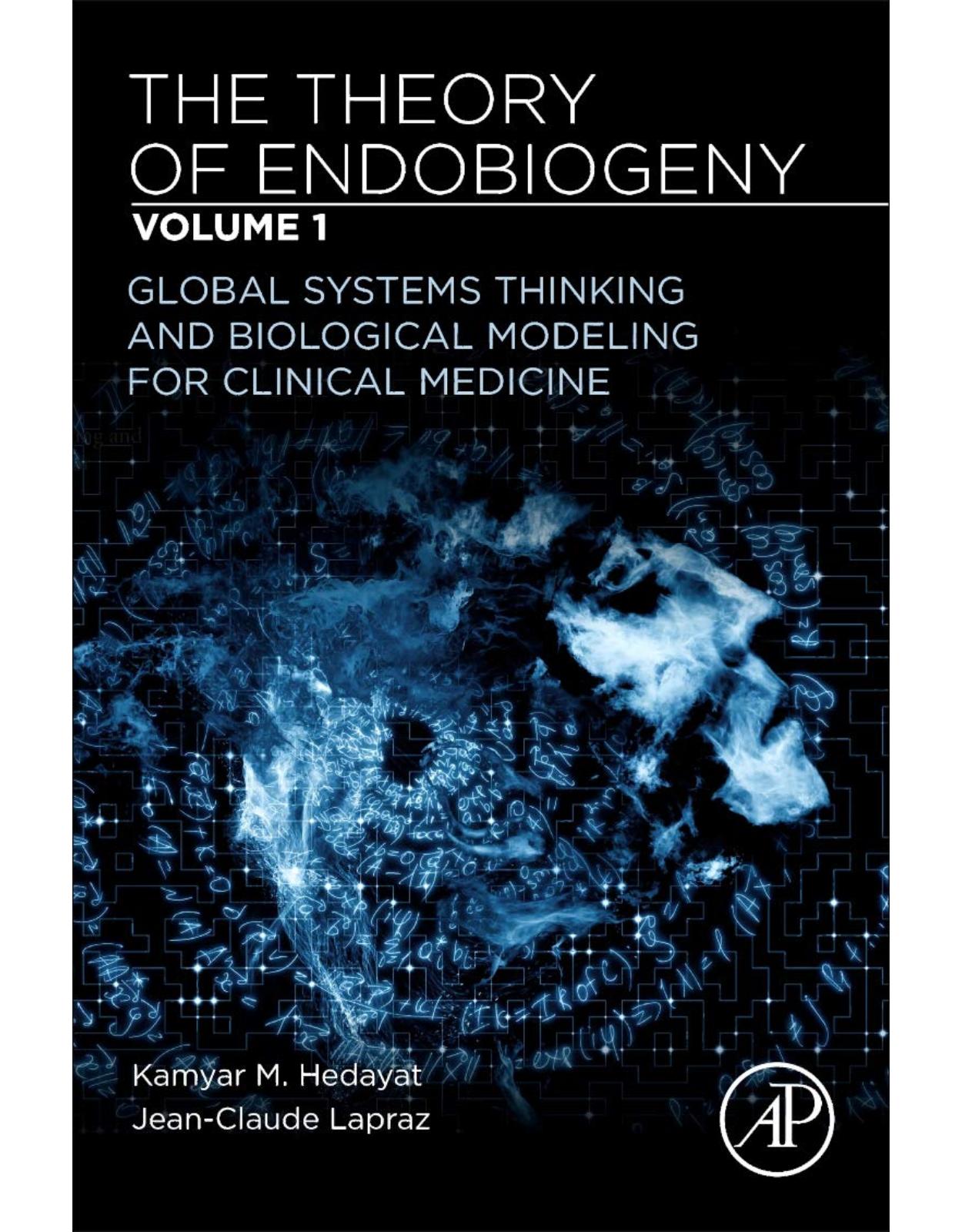

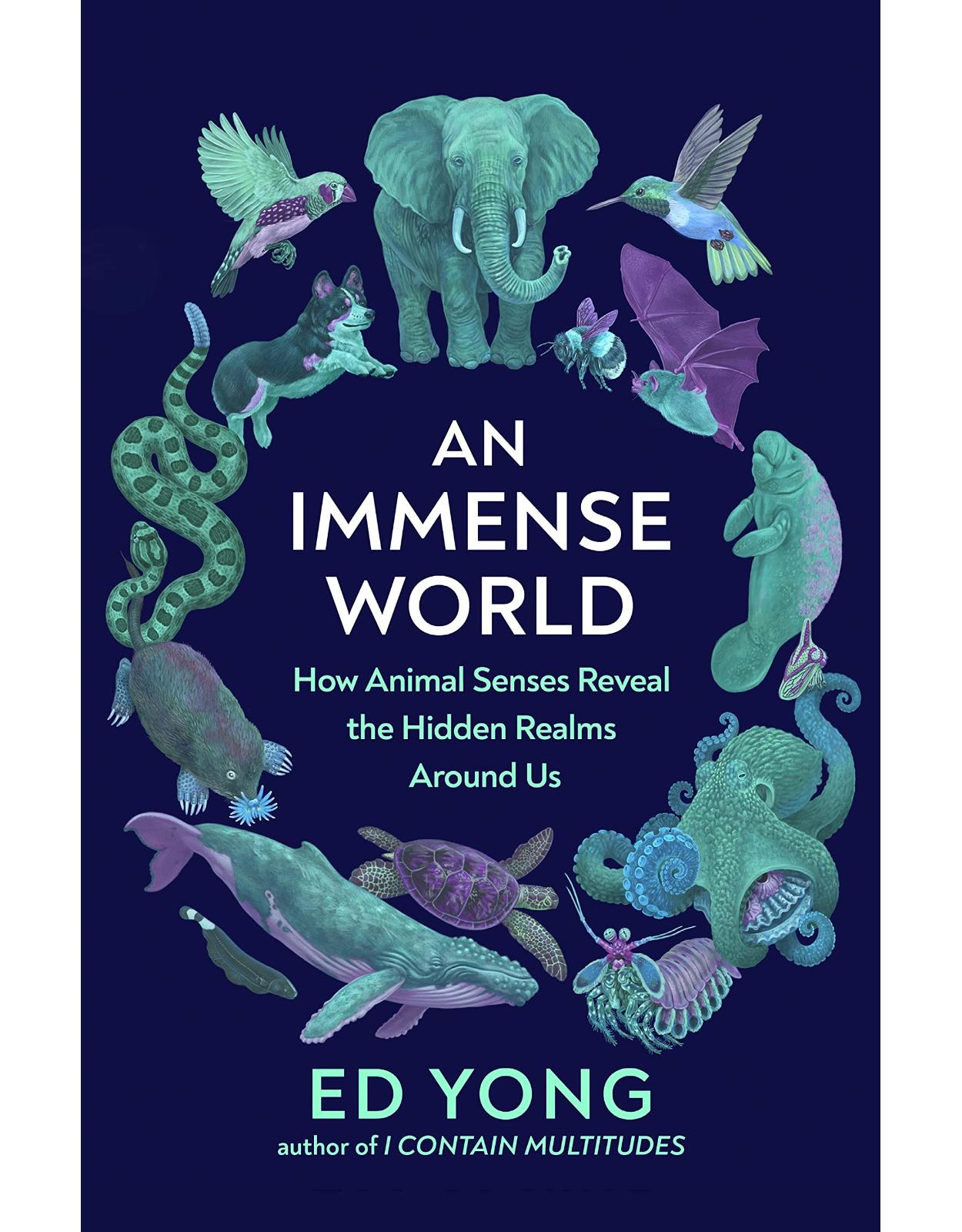
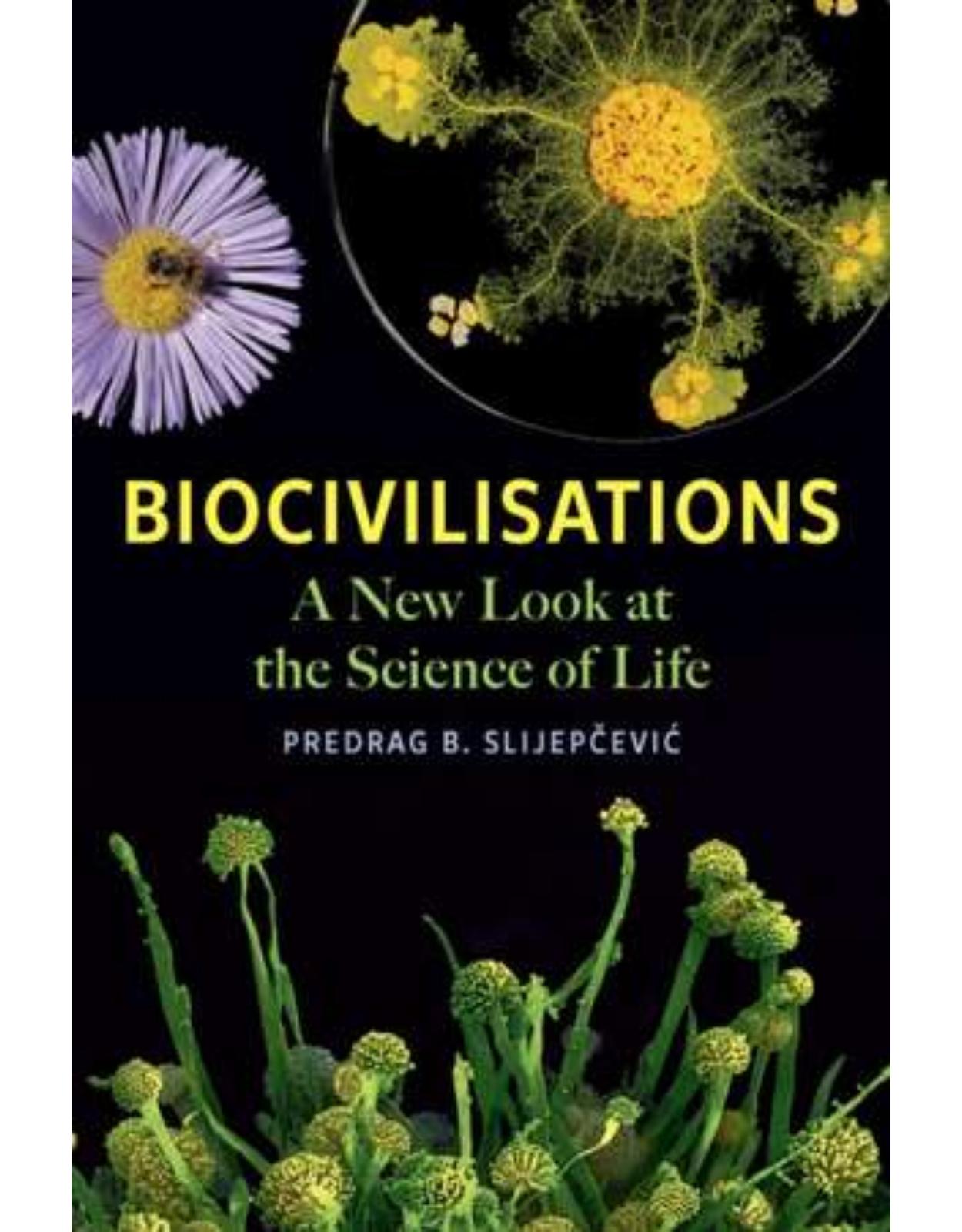
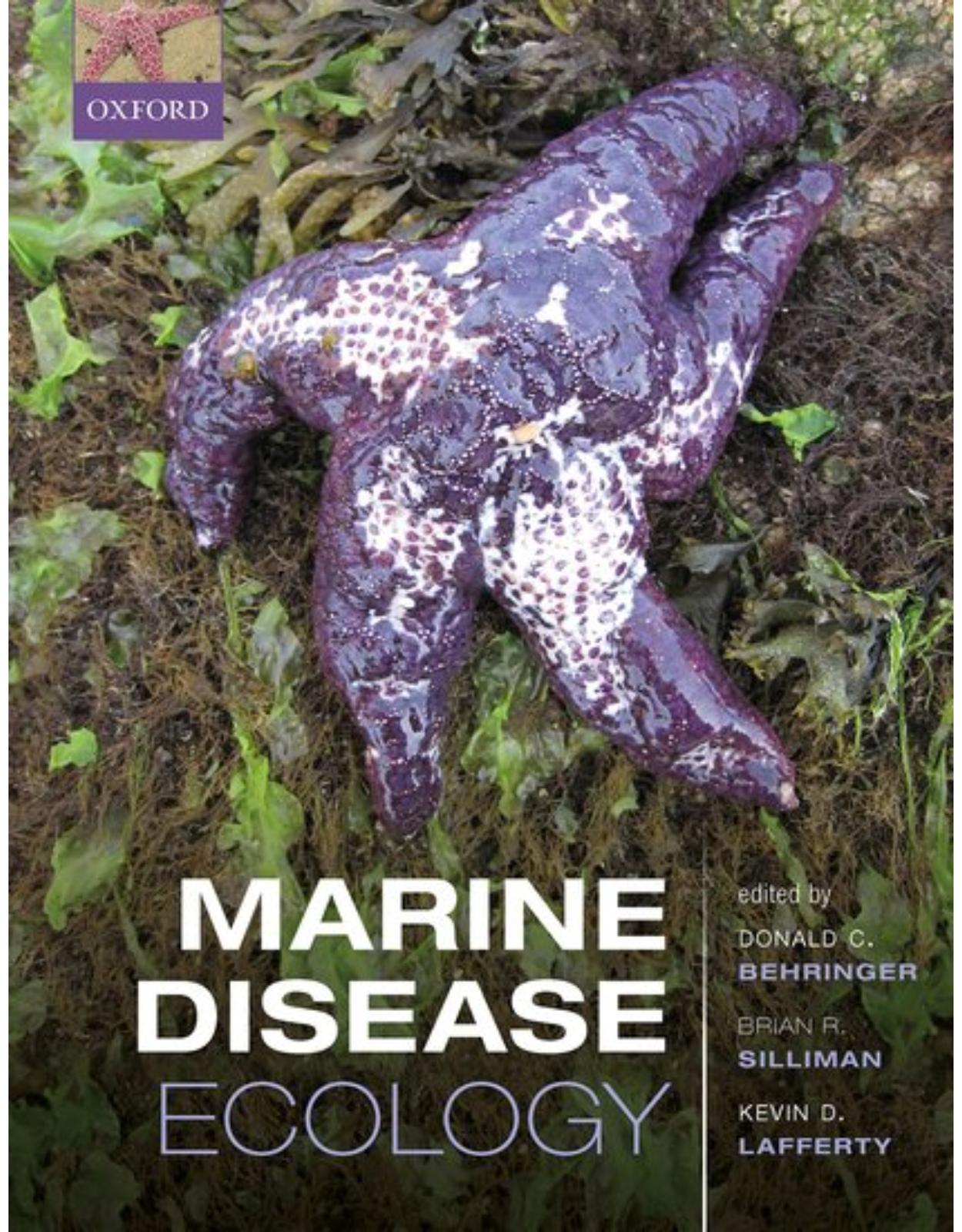
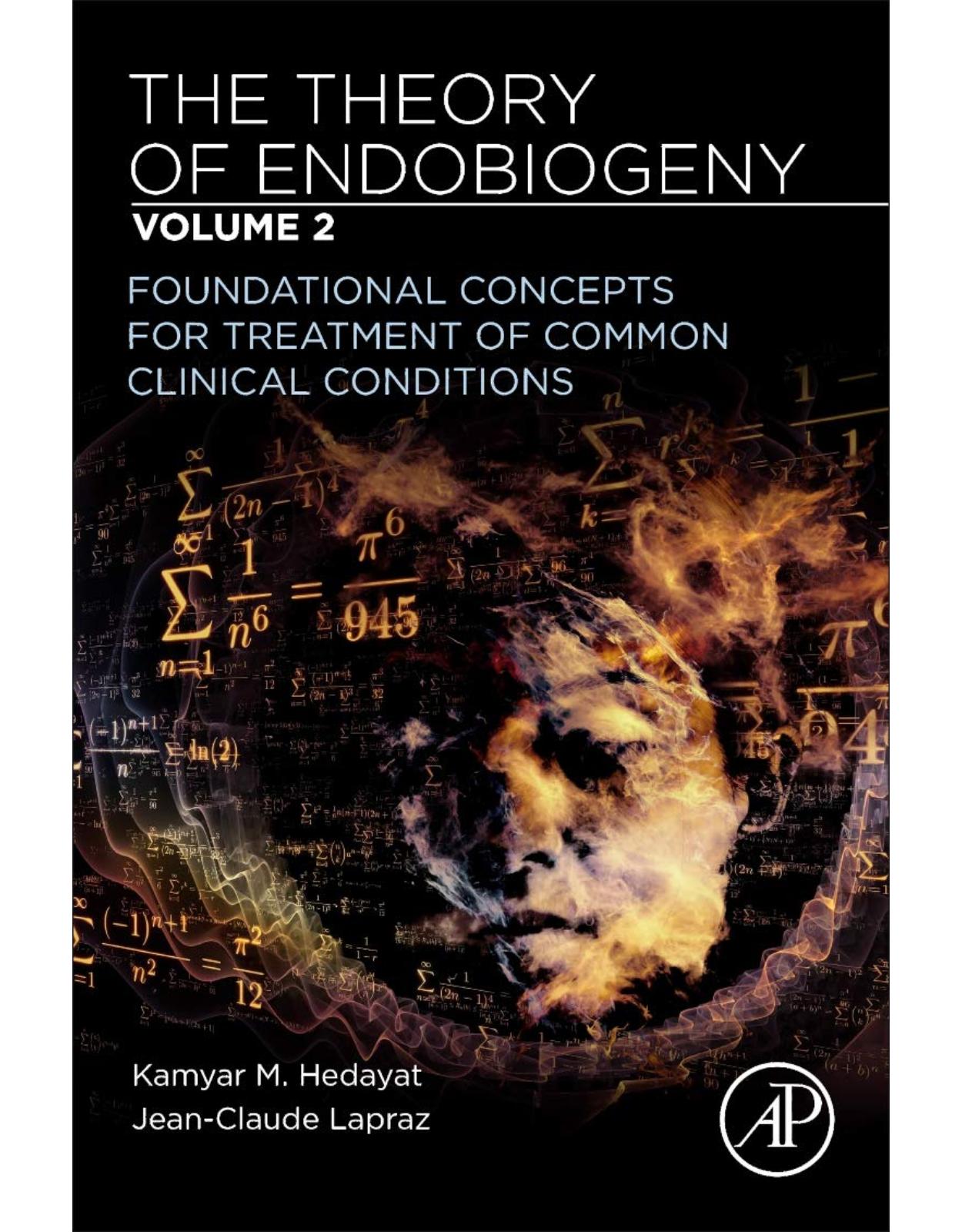
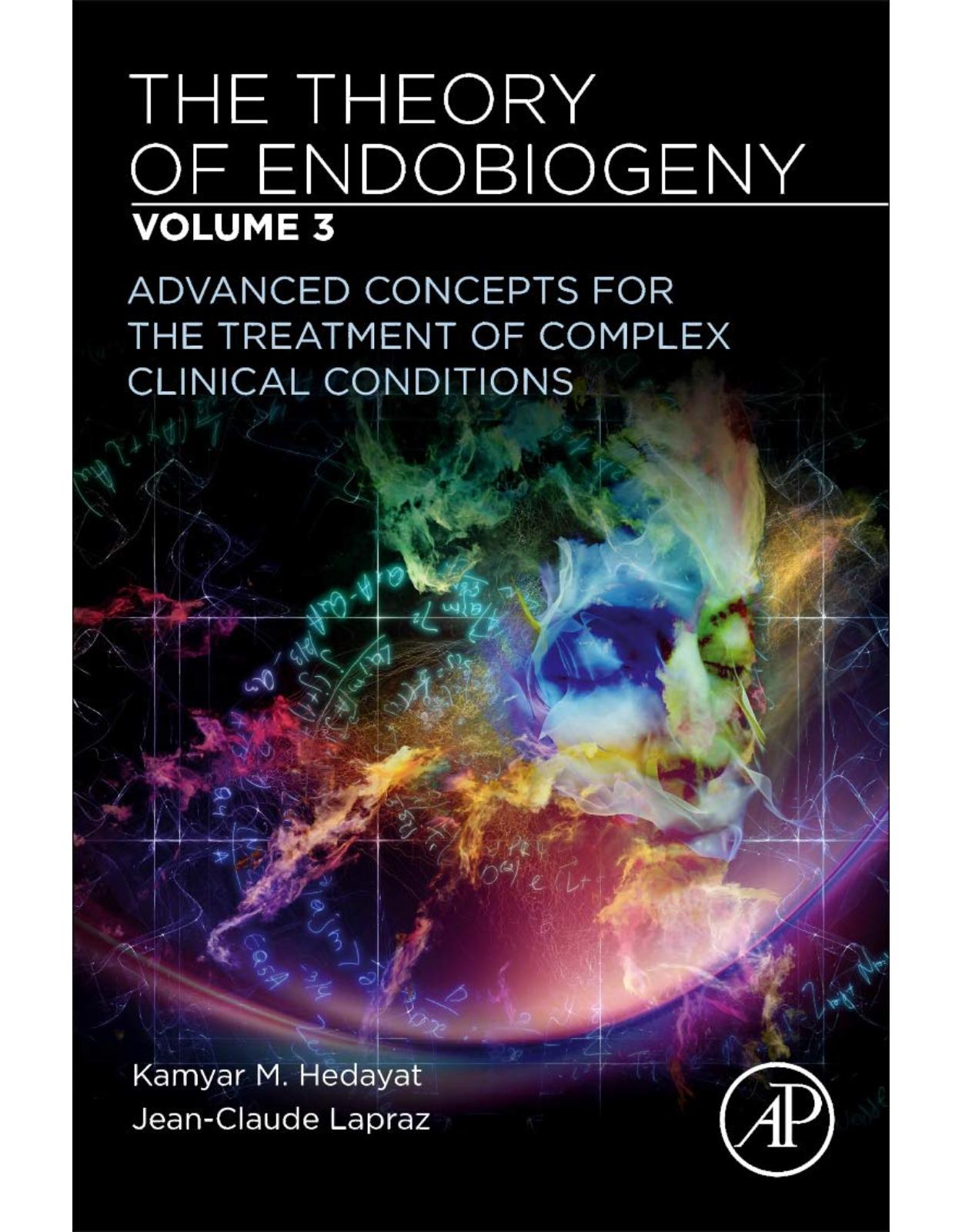
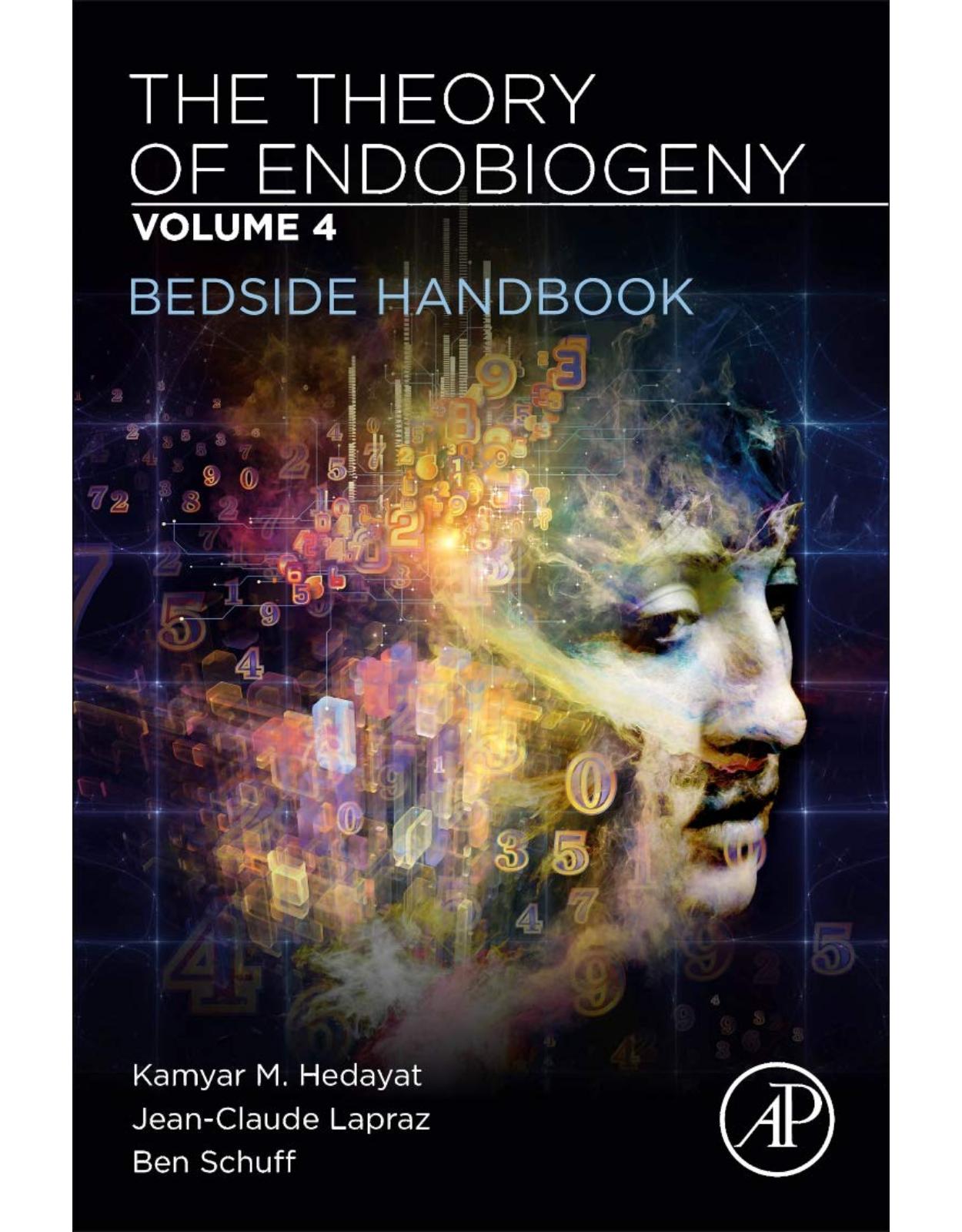
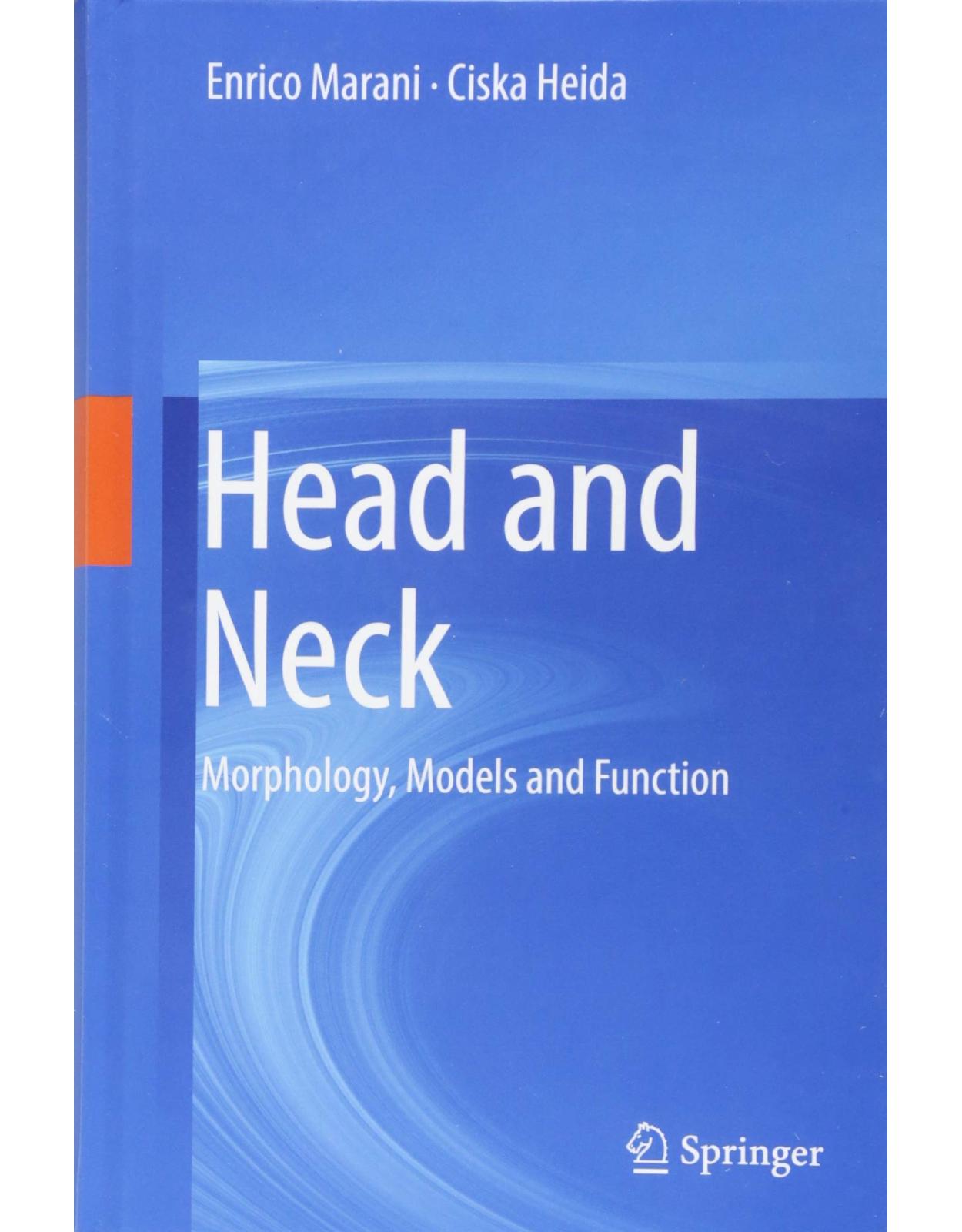

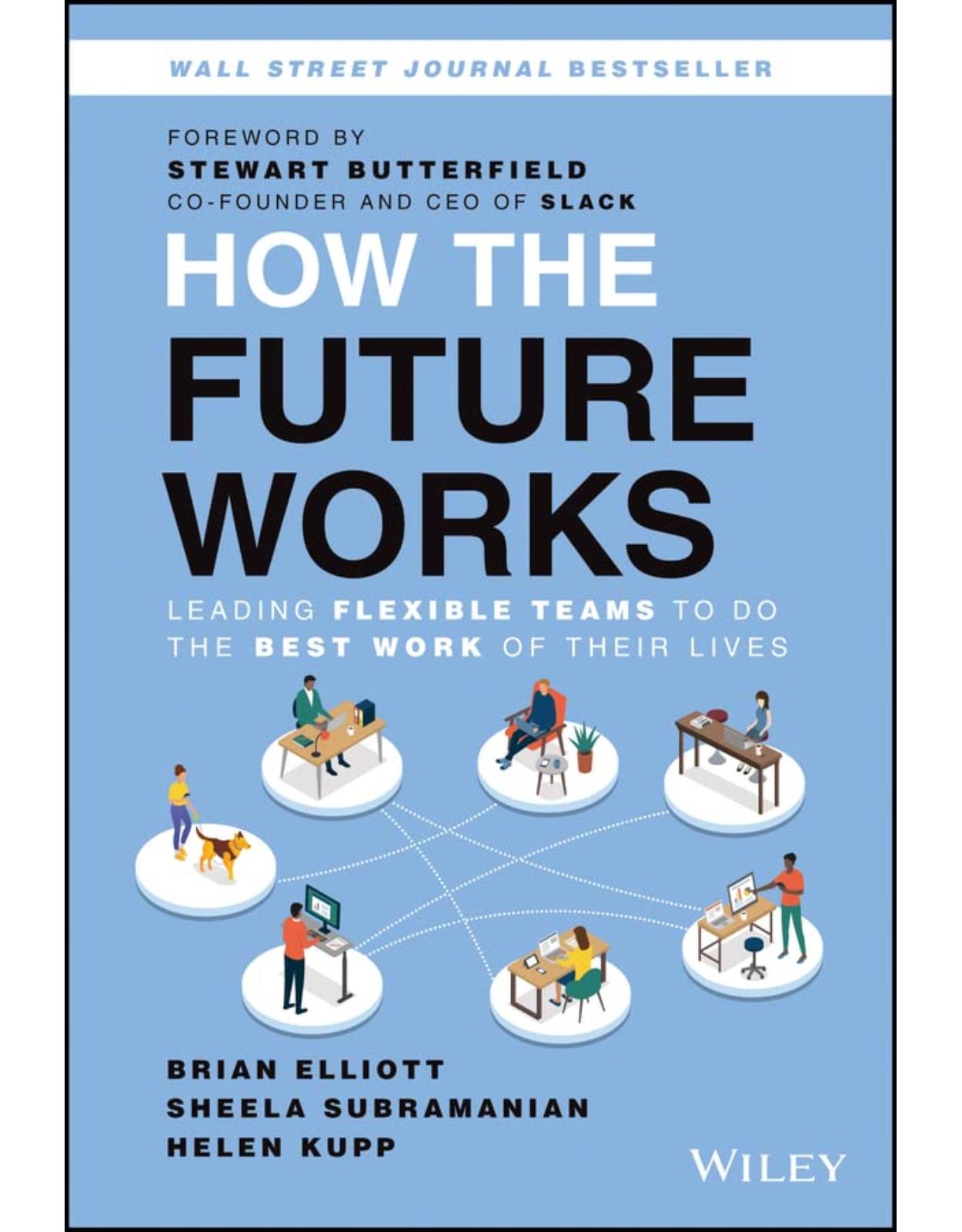
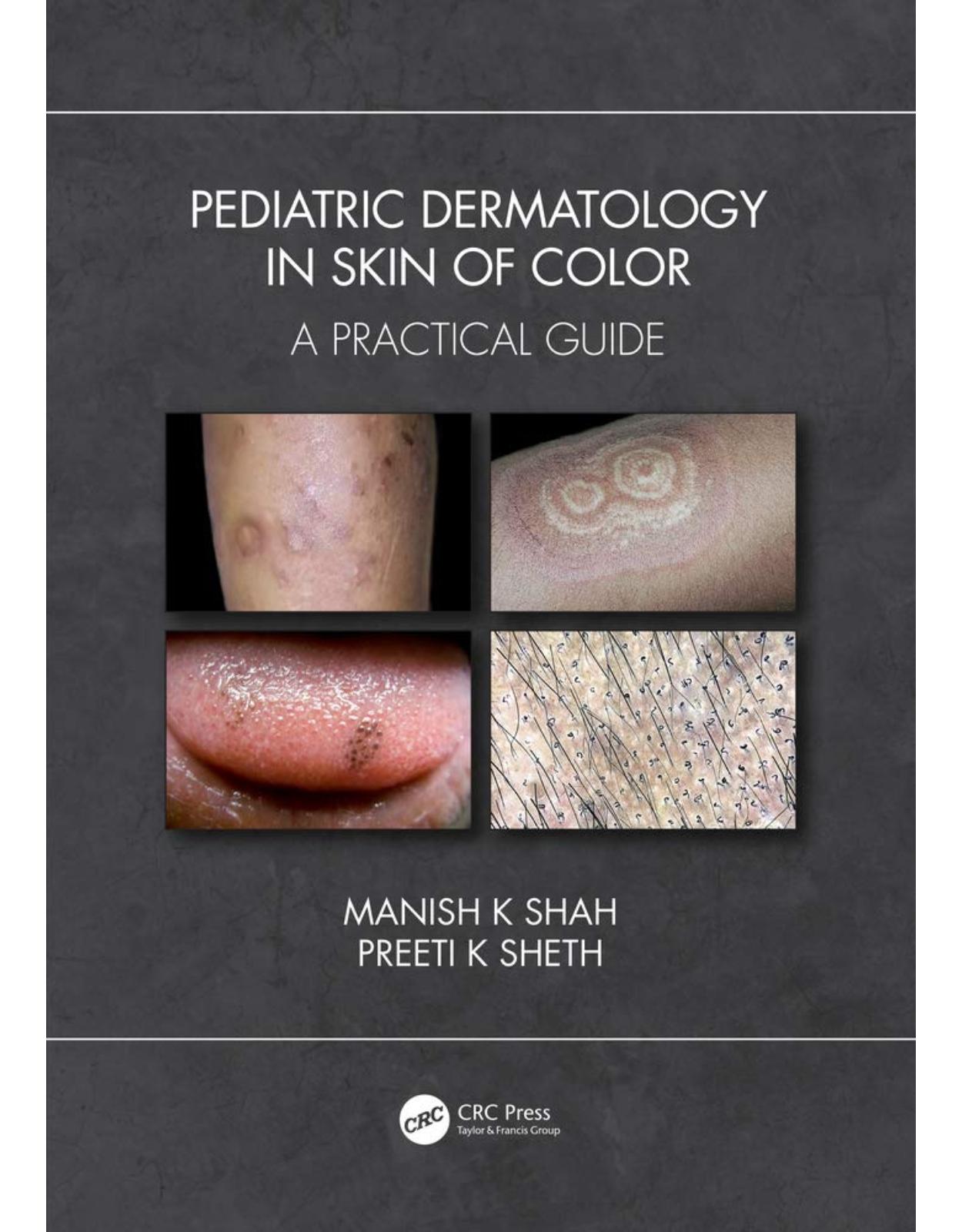
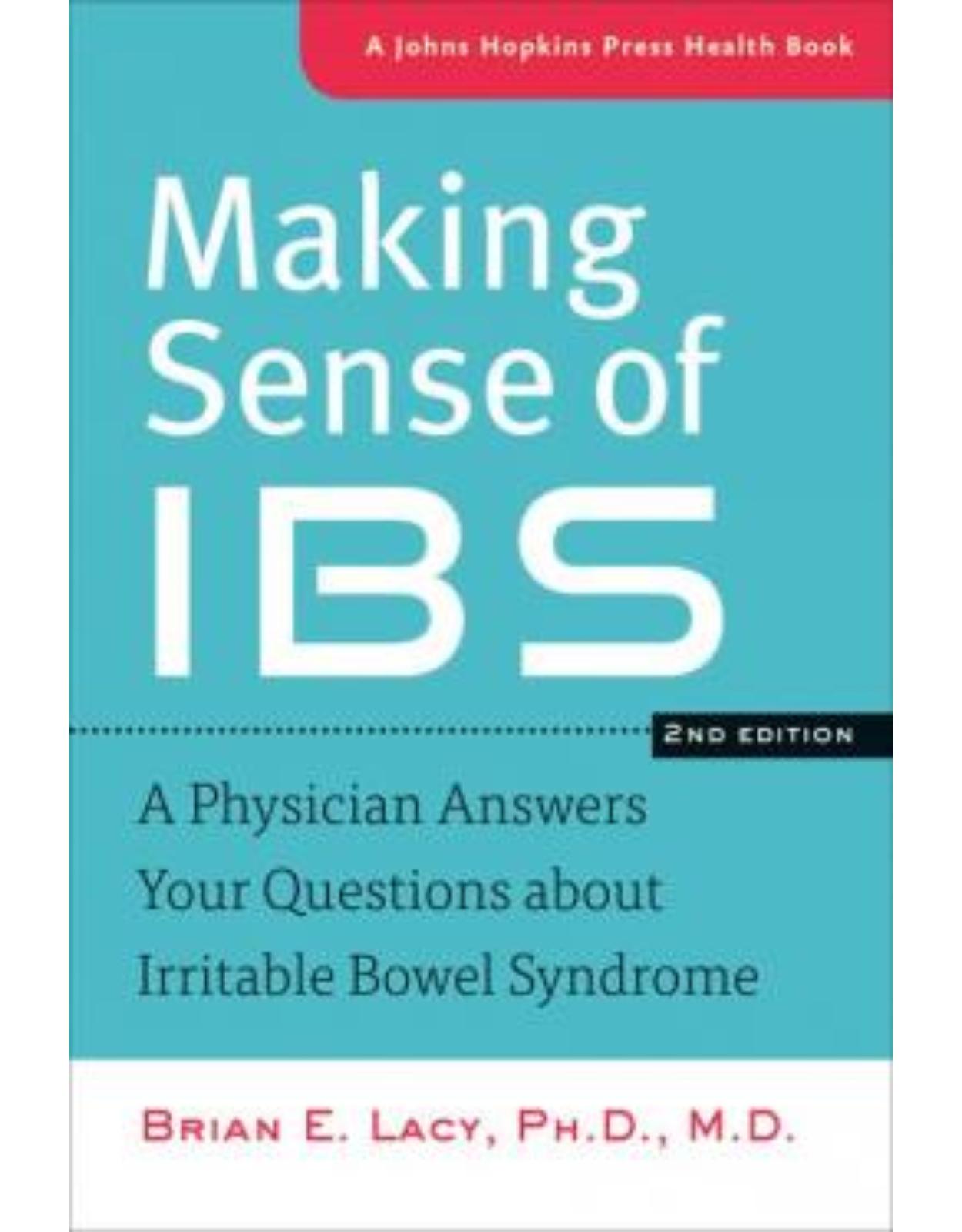
Clientii ebookshop.ro nu au adaugat inca opinii pentru acest produs. Fii primul care adauga o parere, folosind formularul de mai jos.